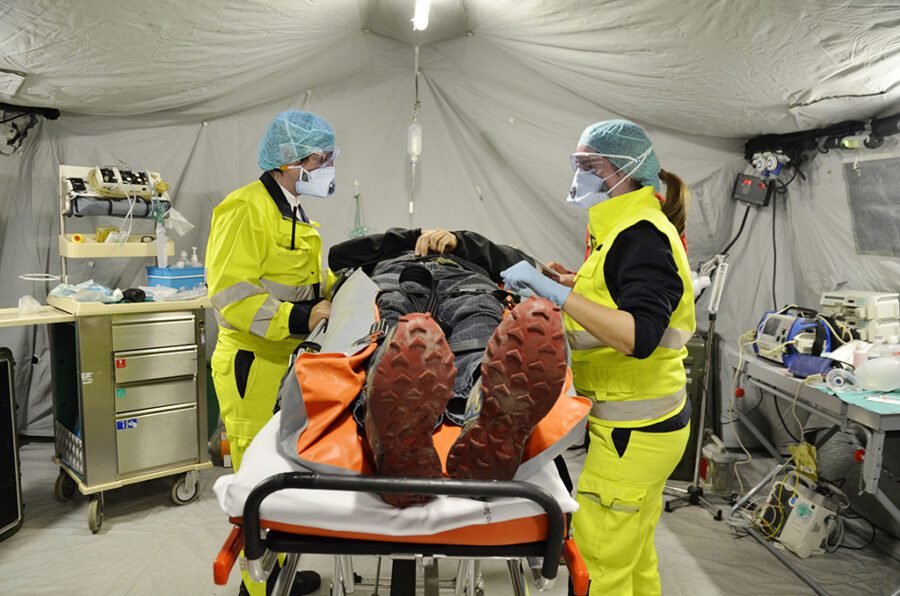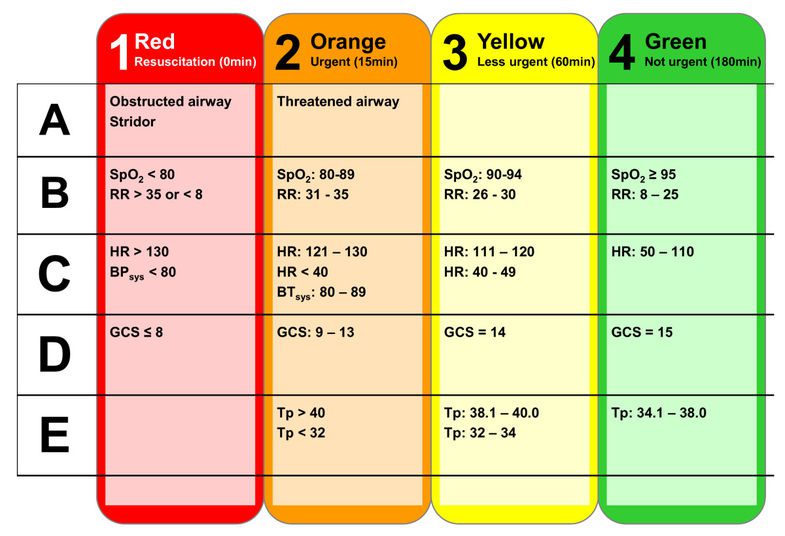
Healthcare offers one of the biggest areas where AI could impact people. AI in healthcare is already widespread but is expected to grow even further. The global artificial intelligence in healthcare market size was valued at USD 10.4 billion in 2021. It is expected to expand at a compound annual growth rate (CAGR) of 38.4% from 2022 to 2030. There are many drivers for this, including growing availability of data; increased demand for personalized medicine; the rising elderly population; the need to reduce expenses etc

In all these cases, AI could help predict and manage a variety of conditions.
However, the increasing use of AI in healthcare has implications for physicians.
A recent FDA guideline on the use of AI and Machine Learning for Large Vessel Occlusion in the Brain says that
The advisory emphasizes that the computer-aided triage and notification (CADt) devices, many of which incorporate artificial intelligence (AI) or machine learning technology, are intended to aid radiologists in prioritizing the assessment of brain imaging that may reveal signs of large vessel occlusion (LVO).
source: https://www.diagnosticimaging.com/view/-a-call-to-arms-for-electronic-transfer-of-medical-images-between-institutions
In medicine, triage is a practice invoked when acute care cannot be provided for a lack of resources. The process rations care towards those most in need of immediate care and who benefit most from it. More generally, it refers to prioritizing medical care as a whole.
The advisory thus emphasizes the role of AI as a triaging tool for healthcare (in this case, for radiologists working with a specific condition, i.e., large vessel occlusion (LVO).
What are the implications, i.e., what can you read between the lines on the future of AI in healthcare?
- Not all doctors/ radiologists maybe actually aware that there is ‘AI inside’ a product.
- If there is AI inside the product, the result may be subject to some interpretation, specifically that some conditions may still be present even if they are not detected by the (AI-driven) device.
- A range of specialists looking at the same results from AI may not all have the same expertise to interpret the results of AI in the same way.
- Hence, over-reliance on AI should be avoided.
So, to conclude, AI should be seen as a triaging tool, i.e., as a tool to prioritize cases based on their severity
To me, this makes practical sense and creates a useful role for both AI and the physician
References
https://www.grandviewresearch.com/industry-analysis/artificial-intelligence-ai-healthcare-market
